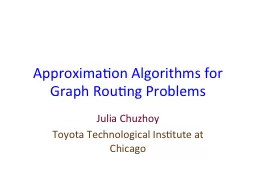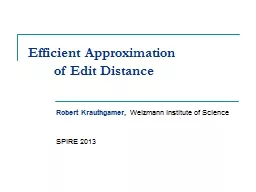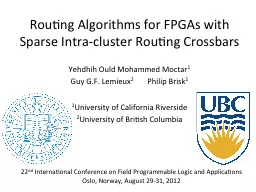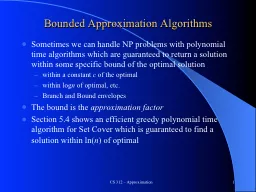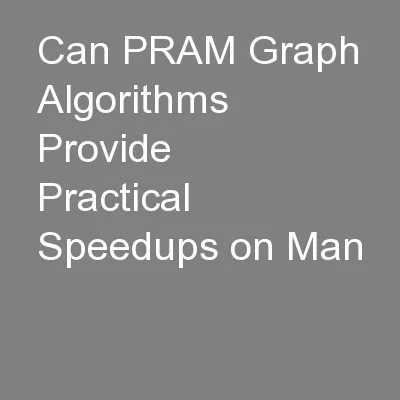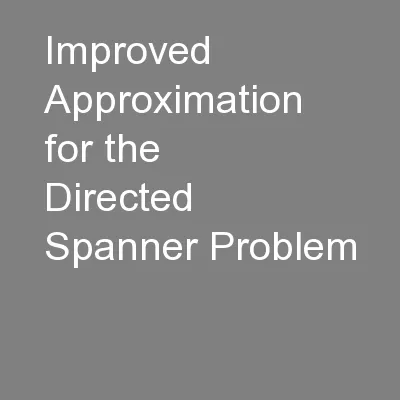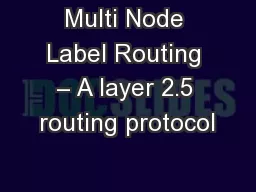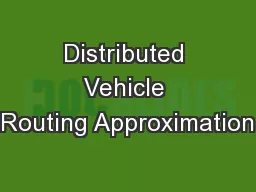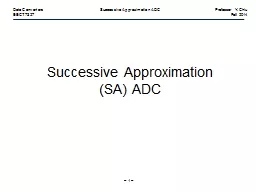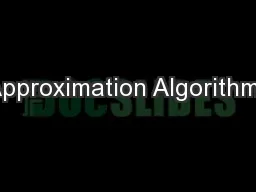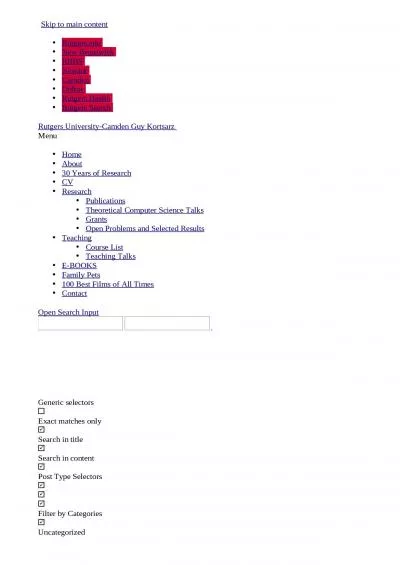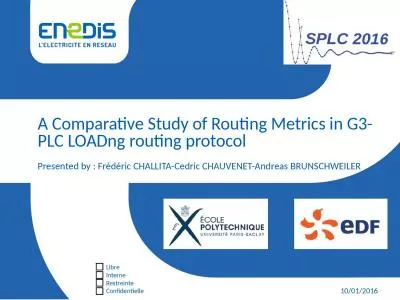PPT-Approximation Algorithms for Graph Routing Problems
Author : faustina-dinatale | Published Date : 2017-06-30
Julia Chuzhoy Toyota Technological Institute at Chicago Routing Problems Input Graph G sourcesink pairs s 1 t 1 s k t k Goal Route as many pairs as possible
Presentation Embed Code
Download Presentation
Download Presentation The PPT/PDF document "Approximation Algorithms for Graph Routi..." is the property of its rightful owner. Permission is granted to download and print the materials on this website for personal, non-commercial use only, and to display it on your personal computer provided you do not modify the materials and that you retain all copyright notices contained in the materials. By downloading content from our website, you accept the terms of this agreement.
Approximation Algorithms for Graph Routing Problems: Transcript
Download Rules Of Document
"Approximation Algorithms for Graph Routing Problems"The content belongs to its owner. You may download and print it for personal use, without modification, and keep all copyright notices. By downloading, you agree to these terms.
Related Documents

